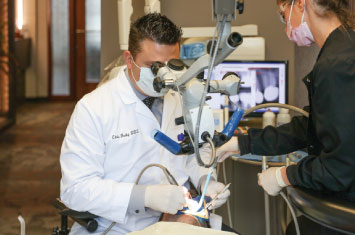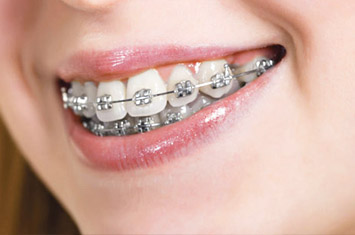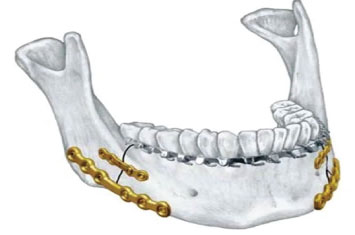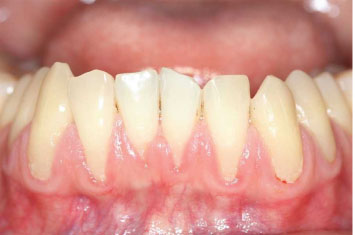Micro Endodontic Surgery

Micro Endodontic Surgery
Endodontic microsurgery is needed when the tooth does not heal as expected after initial root canal treatment or root canal retreatment. In some cases, root canal treatment is insufficient to save your tooth. In such a situation, your endodontist may recommend alternative strategies, which may include endodontic microsurgery. The endodontic microsurgery is a surgical procedure performed under microscope. As with any dental or medical procedures, occasionally, a tooth may fail to heal following the initial treatment for several reasons. There are several situations in which endodontic surgery can help save your tooth where normal root canal therapy would be lacking:
- Surgery may be used for extensive diagnosis. Some patients have recurring symptoms, but no visible problems appear on their X-rays. These cases can sometimes indicate a tiny fracture or break in the tooth structure or root that could not be detected during nonsurgical treatment. In such a case, endodontic microsurgery can give your endodontist a chance to thoroughly examine the tooth’s structure without relying on X-rays, find the problem and provide treatment.
- In some cases, calcium deposits make a canal too narrow for the cleaning and shaping instruments used in nonsurgical root canal treatment to reach the end of the root of the tooth. In this case, when there is a “calcification”, endodontic microsurgery would be needed for your tooth to be completely cleaned and sealed.
- In some cases, a tooth may fail to heal after successful root canal treatment or retreatment. Symptoms or problems may persist, or reoccur later – possibly months or even years after the original procedure. In these cases, endodontic microsurgery can still be an option in order to save the remaining tooth.
- If the tooth disease has spread to the surface of the tooth root or if an infection has spread into the surrounding bone, endodontic microsurgery may be required to treat these areas.
The most common type of endodontic surgery is called apicectomy, or “root-end resection”. When the tooth’s infection or inflammation spreads to the bone area around the tip of the tooth’s root after a root canal treatment or retreatment, an apicectomy may be needed.
WHY HAVE I BEEN REFERRED TO A SPECIALIST?
Specialist Endodontist is a dentist who specialises in saving teeth. Endodontists receive three or more years of advanced education in Endodontics following general dentistry school. As a result of the specialist training, endodontists are skilled in finding the cause of oral and facial pain, treating traumatic injuries to the tooth, diagnosing cracked tooth and performing other procedures that save teeth.
As endodontists, limiting our practice solely to endodontic treatment, we perform routine as well as difficult and very complex procedures, including root canal treatment, root canal retreatment and endodontic microsurgery. We use the most advanced technology in the field and we are therefore most efficient and precise. This equates to positive experiences and faster healing. We offer tremendous flexibility in accommodating emergency cases, so delays in treatment are kept to a minimum and patients can be relieved of dental pain quickly. We are also readily available for post-treatment questions or concerns.
WHAT HAPPENS DURING THE SURGICAL PROCEDURE?
We use local anesthesia in your tooth area and only start the treatment when we are sure you are fully numb. With the help of a dental microscope we locate the underlying bone through a window in the gum near the area and remove any inflamed and infected tissue. The very end of the root is also removed. A small filling may be placed to seal the end of the root canal to prevent it from attracting more infection, this is termed “retrofilling”, and a few stiches or suture are placed in the gum to help the tissue to heal properly. Over the course of the next few months, the existing bone tissue will gradually grow back in to replace the removed infected tissue. Most patients are able to return to their normal routine as early as the day after their surgery.
In many cases, the only alternative to endodontic surgery is the removal (or extraction) of the tooth. After this procedure, the tooth must be replaced with an artificial replacement – an implant, bridge or denture – to restore the tooth’s function and to prevent the surrounding teeth from moving. These alternatives usually require surgery or procedures on adjacent healthy teeth, which means that endodontic surgery is not only cost-effective, it is the most natural treatment for maintaining your oral health.
WILL THE TREATMENT BE PAINFUL?
A local anaesthesia is used and we also take every measure to ensure that your procedure is in no way uncomfortable or painful. For most patients, the feeling of numbness usually subsides after 2-3 hours. It is normal for area to be sore for a few days after the surgical procedure or even for a slight swelling to occur while the incision heals. We will discuss everything with you in your consultation prior to the surgery. A Post-operative instructions will also be given to you together with a prescription of pain medication to alleviate the discomfort.
DO I NEED TO SEE MY DENTIST AFTER ENDODONTIC MICROSURGERY?
When your surgical procedure has been completed, a record of your treatment will be sent to the dentist who referred you. We advise you return to your general dentist for routine appointments.





